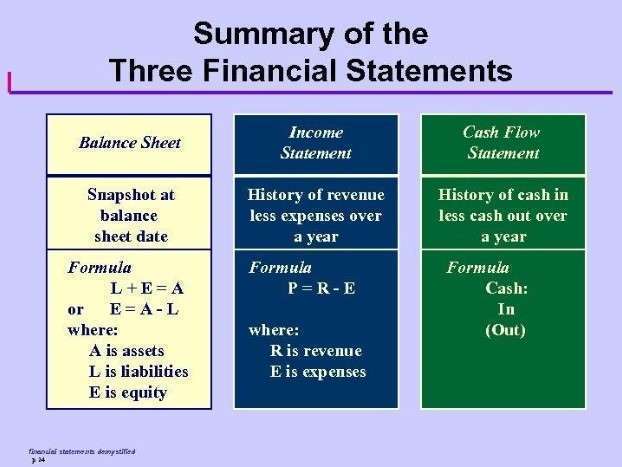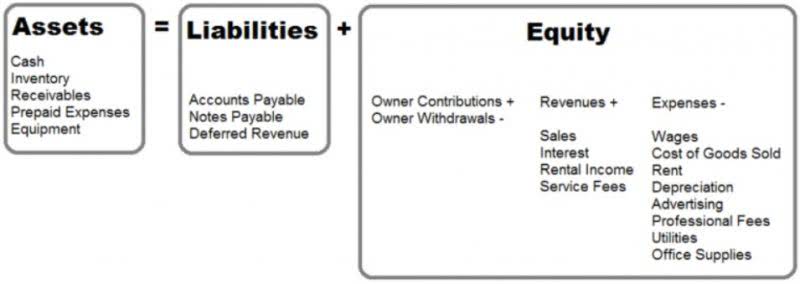
In essence, the equity multiplier ratio is an indicator revealing how much a company has fixed assets purchased its total assets through stockholder’s equity. Yes, a low equity multiplier can indicate that a company is less reliant on debt, which often suggests a more conservative financial strategy and lower financial risk. While the equity multiplier is a powerful tool, it is not without its limitations. It does not account for the cost of debt or the quality of a company’s assets. Additionally, it can sometimes give a misleading picture if a company has significant off-balance-sheet liabilities or if its asset base includes a large proportion of intangible assets.
Impact of the Equity Multiplier on Financial Strategy
- It seems to be a good sign but sometimes it means the company is unable to borrow due to some issue.
- Essentially, a higher equity multiplier can amplify ROE, making a company appear more profitable from an equity standpoint.
- The equity multiplier is important for investors because it offers a glimpse of a company’s capital structure and how much debt the company has.
- Commonly, this might signify a conservative financial strategy, where a company prefers to finance its operations mainly through equity.
- The Equity Multiplier is a key financial ratio that measures the amount of a company’s assets financed by its shareholders’ equity.
This post will clearly explain the equity multiplier formula, its meaning, and how to strategically use it to evaluate financial risk and return. A company with a higher equity multiplier is more leveraged than a company with a lower equity multiplier. The equity multiplier is a great way to calculate the value of an equity investment.
- On the other hand, a lower equity multiplier suggests that the company adopts a more conservative financing strategy, thereby reducing its exposure to financial risk.
- It is essentially used to understand how a company is leveraging its equity to finance its assets.
- If business operations are good, the company’s financial leverage will also be good.
- The two ratios provide different insights into a company’s financial health and performance.
Introduction to Equity Multiplier in Finance

In the financial year to the end of September 2021, Apple’s accounts show it had $351 billion of total assets and its total shareholder’s equity was $63 billion. Keep in mind, that there is no exactly perfect equity multiplier ratio, a good equity multiplier depends on the industry and the company’s historical performance. Too high an equity multiplier ratio may indicate that the company had a high debt burden. The too low ratio seems to be a good sign but sometimes it means the company is unable to borrow due to some issue.
Equity Multiplier vs. Asset Turnover Ratio
As mentioned previously, a company’s assets equal the sum of debt Interior Design Bookkeeping and equity. The equity ratio, therefore, calculates the equity portion of the assets of a company. The equity multiplier is calculated by dividing total assets by the common stockholder’s equity. Capital-intensive industries typically have higher equity multipliers due to their reliance on debt to finance large assets.
- These regulations often result in lower equity multipliers to ensure stability.
- Let us try to understand the concept of equity multiplier calculation with the help of some suitable examples.
- This shows that the company has utilised a significant amount of debt to finance its operations, making it a riskier entity to lend to.
- High equity multiplier is a high risk indicator since the company is more reliant on debt financing.
- The beverage sector tends to carry higher leverage with steadier cash flows covering interest expenses.
For example, in the banking industry regulators often use the equity multiplier as a gauge of risk. A bank with a high equity multiplier can be considered as quite risky because it has an excessive level of debt relative to its equity. The regulatory bodies, such as the Federal Reserve or the Office of Comptroller of the Currency, monitor the equity multipliers of banks to ensure they do not exceed a particular threshold. Banks are expected to maintain an appropriate balance between their debt and equity. In a nutshell, management’s ability to manage a company’s equity multiplier and thereby control the financial risk contributes positively to corporate sustainability.
An investor or analyst should not take them in isolation but rather treat them as part of a broader set of signals. Furthermore, industry norms and trends need to be considered as equity multiplier ratio what could be viewed as ‘high’ or ‘low’ in one sector might be different in another. Within the DuPont framework, the equity multiplier amplifies the effects of profit margin and asset turnover.
- An equity multiplier of 2.5 for a company indicates that a significant portion of its assets are funded through debt financing rather than equity financing.
- A lower ratio suggests more assets are self-financed, which is usually more attractive to investors and creditors.
- In that case, it’s possible ROE could have increased because the company was taking on debt.
- If they had looked also at the equity multiplier, however, they might have seen that such profits were fueled largely by debt, and that the company may actually make for an unstable investment.
- While the equity multiplier compares equity to assets, the shareholder equity ratio compares equity to liabilities.
- This equation shows that a higher equity multiplier, through increased financial leverage, can significantly boost ROE, assuming profit margins and asset turnover remain constant.

Effective management of financial leverage is crucial for maintaining a healthy balance between risk and return. Companies can manage their equity multiplier by carefully controlling the level of debt they take on relative to their equity. Strategies such as refinancing high-interest debt, reducing unnecessary expenses, and improving operational efficiency can help manage and optimize the equity multiplier. The equity multiplier is also influential in assessing the financial stability of an organisation. A lower equity multiplier, indicating less leverage and more equity financing, typically points to better financial stability.
